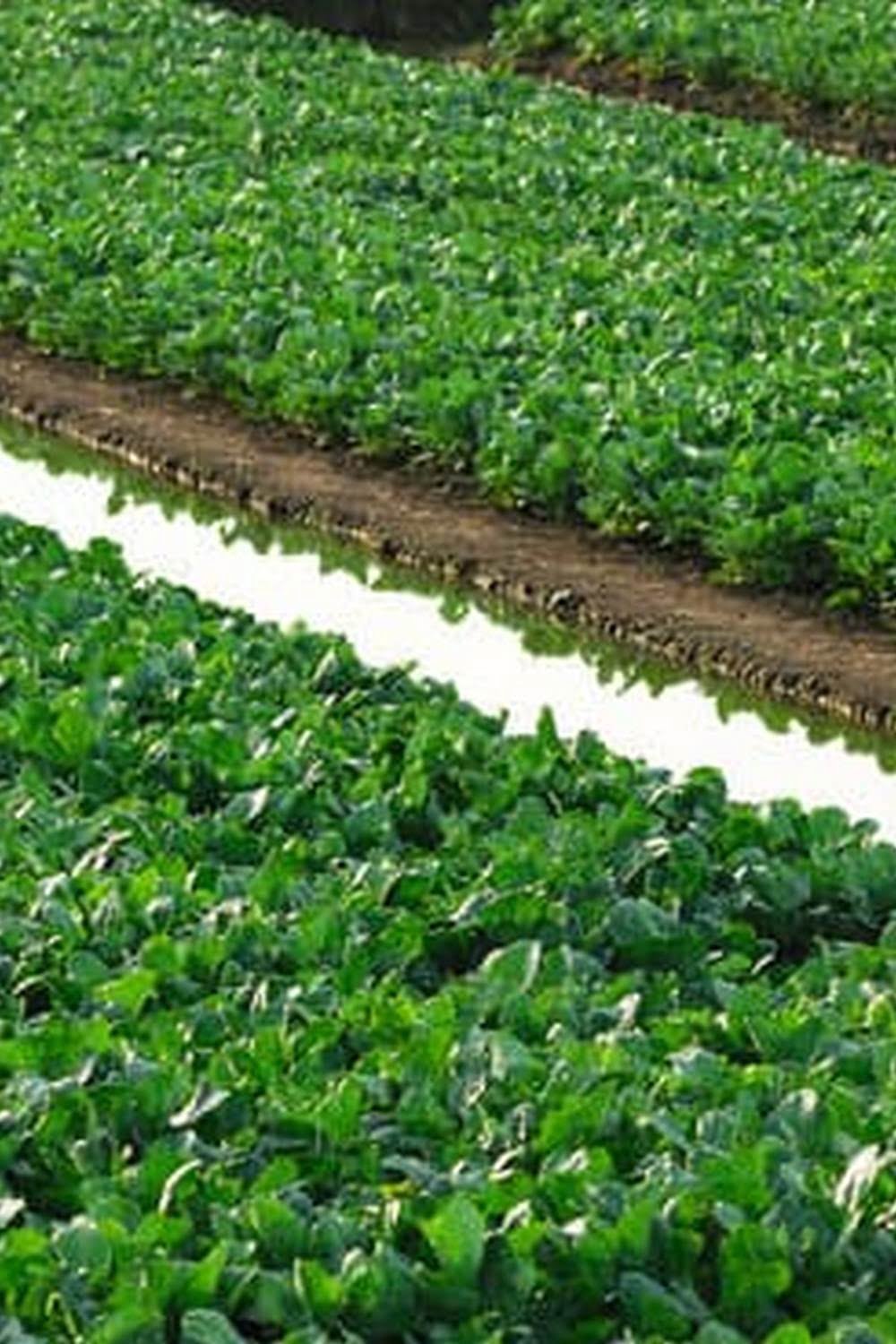Introduction
Raised vegetable garden beds are an excellent way to grow a wide variety of edible plants in your own backyard. They can come in many different sizes and designs, accommodating various gardens needs and preferences.
For those who want something simple and affordable, then a basic wooden frame is a great option. Typically constructed from pine, cedar or hardwood and either secured with screws, brackets or nails – these beds can be easily customized in size and height to meet individual requirements.
More complex bed designs involve stacking multiple tiers of materials (such as rocks, bricks or railroad ties) on top of each other in order to form different levels for planting various vegetables. This also provides more elevation as needed for easy access when gardening.
For individuals looking for more eco-friendly options, there are many alternative plant bed constructions that use recycled rubber tires, plastic containers or straw bales — all of which can be customized with creative details such as paint and decorative touches like wood carvings. These materials are perfect for growing larger root vegetables due to their durability and long lasting quality.
No matter what type you choose however — be it wooden planks/boards or recycled materials – raised vegetable garden beds can easily be customized exactly to your individual needs and preferences so you can enjoy the freshest homegrown produce from the comfort of your own home!
Key Benefits of Building Your Own Raised Vegetable Garden Bed
The advantages of building your own raised vegetable garden bed are numerous. One of the primary benefits is that it can save you money in the long run by eliminating the need to buy and maintain expensive garden equipment such as trowels, hoes and shovels. Additionally, raised beds offer the opportunity to create an ideal environment for different vegetables to grow well, as they expedite the drainage process and help control soil temperatures. Moreover, because it’s a more efficient use of space than traditional soil-based gardening, more plant life can be harvested from smaller areas of land. Finally, raised beds tend to have higher yields than other gardening approaches due to better soil quality and easier access for root systems.
On the downside, raised beds also have some potential drawbacks that one should consider before starting this type of project. Firstly, fine-textured soils such as clay tend to compact over time in a raised bed environment, making it difficult for healthy roots to penetrate down deeply into the soil. Secondly, weeding within these confined boundaries is typically more labor-intensive than in traditional gardens due to their small size and lack of mobility around plants with hand tools. Furthermore, plant trimming within tight corners can be difficult when using larger tools such as hedge trimmers or scythes. As such, careful consideration should be taken when planning out a raised vegetable garden bed – despite its many benefits – as there may be unique challenges one must face depending on their particular situation.
How to Build Your Own Raised Vegetable Garden Bed
When it comes to creating your own raised vegetable garden bed, there are many design features to consider. Before you start building, sketch out a plan for the dimensions and frame of your raised garden bed. If you’re working in an area with sloping ground, the frame of your vegetable garden should be elevated at least 6 inches above the surrounding surface if possible. If drainage is a concern in your chosen space, make sure to include several drainage holes by incorporating them into the lower side of the raised bed frame—about an inch diameter each should suffice. Consider also what kind of material you will use to line the edges of your garden: something sturdy like cinder blocks or rocks can be used to create an edge that limits soil erosion and keeps foot traffic away from delicate plants. safe splicing techniques should also be incorporated when building the frame of your raised vegetable garden; this includes using appropriate joinery such as mortar and securely fastened screws for connecting wood beams or other structural materials. Once completed, fill your newly built raised vegetable garden bed with nutrient rich soil, lay out a series of rows according to plant size and spacing requirements, and you’ll soon have a thriving kitchen garden!
Caring for Your Raised Vegetable Garden Bed
Pest Control: Whether growing your vegetables in a raised garden bed or in-ground, it is important to be familiar with the types of pests that can invade your vegetable garden and what best to do about them. Common invasive insects include caterpillars, beetles, aphids, and slugs. If you find that your crops are infested by any of these insects, start by hosing them off the plants using a forceful spray of water. Spraying pesticides might also be necessary – check with your local nurseries and gardening centers for suggestions. Also try natural methods such as releasing beneficial predators like ladybugs and spiders who can help keep the pest population down.
Disease Prevention: Many diseases can also be detrimental to vegetables in your garden. Aside from avoiding plant varieties that are more prone to disease, you can help reduce chances of infection by providing proper nutrition and adequate irrigation. Plant spacing should encourage good air circulation, which helps discourage the spread of fungal infections by drying out leaves quickly after dew or rain. It is also useful to rotate crops annually so that a new crop isn’t planted in the same space every year, which again helps prevent disease spread from leftover plant material from previous seasons.
Season-by-Season Maintenance: Each season will bring different maintenance tasks for maintaining a healthy vegetable garden bed. Spring is a great time for weeding and mulching around newly emerging vegetables or transplanting seedlings into beds; during summer water regularly and provide shade for sensitive crops; late summer/fall should involve harvesting when vegetables are at their peak; and winter months should consist of cleanup – remove dead foliage, weeds and mulch beds to ensure they remain clean throughout the season ahead.
Raised Vegetable Garden Bed Photos
Adding additional images and video clips to feature raised vegetable garden beds can give readers a firsthand experience of what it’s like to have an outdoor kitchen. For example, incorporating photographs or video clips of the planting process and the progress of the vegetables throughout the growing season can be quite helpful. Additionally, including pictures or videos of the completed raised veggie bed with vegetables fully grown in it can give readers an idea of how much space they should expect to use up in their own backyard. If possible, also adding short instructional videos will further engage viewers as they can watch to see how exactly each specific step is done from start to finish and then apply what they learn in their own gardening journey.
Conclusion
Raised vegetable garden beds offer numerous advantages: they save time and effort by controlling weeds and improving drainage, they allow for greater soil depths and better air circulation around the roots of plants, and they are easier to access, making them perfect for those with limited mobility or durability issues. However, it’s important to note that raised vegetable garden beds require some additional maintenance such as regularly replacing soil and controlling pests like rabbits. Additionally, there may be some extra cost involved in constructing the frame or purchasing soil. For anyone interested in building their own raised vegetable garden bed, the internet is a great place to find detailed instructions from experienced vegetable growers. There are also many YouTube videos offering helpful tips and advice on how to construct and maintain healthy raised vegetable gardens.

If you’re looking to get into vegetable gardening, or are just looking for some tips on how to make your current garden better, then you’ve come to the right place! My name is Ethel and I have been gardening for years. In this blog, I’m going to share with you some of my best tips on how to create a successful vegetable garden.





